
OR
BEYOND BORDERS
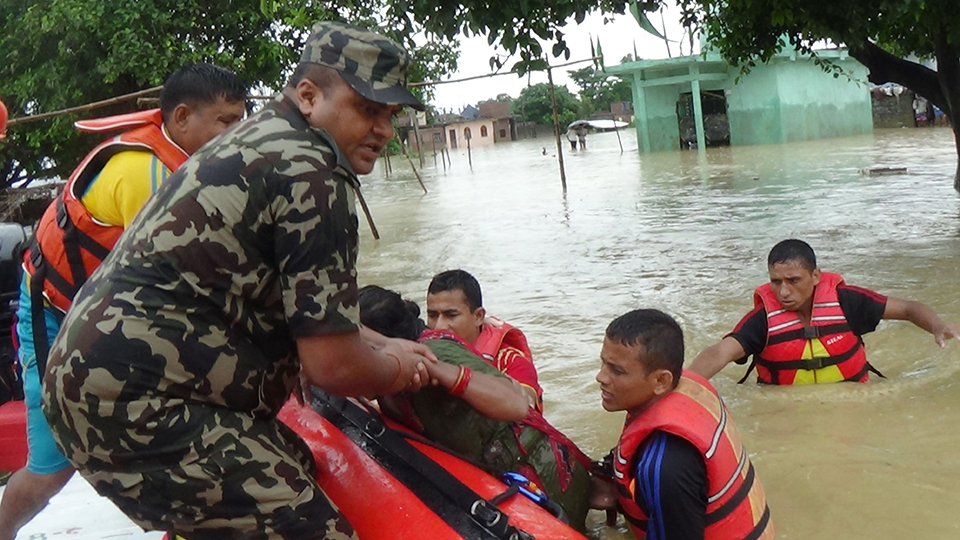

Biswas Baral
Biswas Baral has been associated with Republica national daily as a journalist since 2011. He oversees the op-ed pages of Republica and writes and reports on Nepal's foreign affairs. He is a regular contributor to The Wire (India).biswas.baral@myrepublica.com
More from Author
Climate change is not taken seriously in Nepal, as it is supposedly not something that directly impacts our ‘sovereignty’ and ‘territorial integrity’.
It was a perfect storm. Domestic farm productions had been walloped by extreme summer heat and a stronger-than-expected monsoon. A calamitous earthquake had resulted in nearly 9,000 deaths and contributed to economic losses worth some US $5 billion. Disagreements over the new constitution threatened to boil over. It was then that India imposed a nearly five-month-long blockade of Nepal-India border. As Nepal was near completely dependent on India for food, people faced an imminent food shortage. Moreover, riding on the blockade, inflation marched ahead, making the daily commodities in the market eye-wateringly expensive.
That is the curious thing about food prices in Nepal. They go only one way: up. According to a recent international survey of the World Food Programme, at comparable incomes, a plate of food that costs US $1.2 in New York goes for $27.77 in Nepal. The comparable figures for India and Pakistan are $9.25 and $15.68 respectively. In other words, we eat the most expensive food in South Asia and among the most expensive in the world. There are many factors that contribute to food inflation in Nepal. Climate change is one.
The Maplecroft Climate Change Risk Atlas ranks Nepal as the fourth most vulnerable country to climate change, behind only Bangladesh, India and Madagascar. But climate change is still not taken seriously, as it is supposedly not an issue that directly impacts our ‘sovereignty’ and ‘territorial integrity’, the two pet peeves of our politicians. That thinking is in need of serious makeover.
Sovereignty on the line
As Caitlin E. Werrell and Francesco Femia of the Center for Climate and Security argue in their landmark paper on effects of climate change on state sovereignty, the threat to state sovereignty comes, “not from climate change itself, but rather, from how these changes interact with the existing security landscape”. This landscape includes the “ability or inability of governments to effectively manage rapid change, ensure security and prosperity for their publics, and maintain their legitimacy”.
Perhaps Syria’s case will be instructive here. President Bashar al-Assad had this dream. After coming to power in 2000, he wanted to make his country ‘self-sufficient’. This, in his reckoning, entailed producing enough wheat (the country’s main staple food) and cotton (which would be its main cash crop), even though both these are water-intensive crops unsuitable for a water-deficient country. This initiative of al-Assad came at a time Syria was already witnessing a multi-decade precipitation decline. The wooly-headed idea was dealt the final blow by the prolonged drought between 2007 and 2010—the worst in Syrian history.
After Syria’s domestic wheat production plummeted, the only remaining option for it was to import more of it. But, then, in 2010, Russia, the main exporter of wheat to Syria, was itself hit by droughts and heat-waves, greatly reducing its output. This eventually led to up to 300 percent increase in wheat prices in Syria, leading to food riots, which in turn helped the spread of the Arab Uprising in Syrian hinterlands. The ensuing instability also helped non-state actors like the terrorist organization Islamic State gain a firm foothold in Syria. (Perhaps a little like how, after the Nepali state’s bungling of post-flood response in Tarai-Madhes recently, extremists found a handy stick to beat the Nepali state with and to push their divisive agenda.)
Syria is still paying the price for al-Assad's misguided policy of self-sufficiency in water-intensive crops and the accompanying effects of climate change.
So climate change has direct impact on a country’s security and sovereignty, more so in this interlinked world. But how do we know that climate change is affecting our country, say by reducing our agricultural output?
First, it bears reiterating that we are still by and large an agricultural country, with nearly 70 percent of Nepalis directly or indirectly relying on it for their livelihood. Second, even though many of our farmers may never have heard of climate change, its effects are very real.
Growing concern
Take the 2016 survey of the Central Bureau of Statistics (CBS) undertaken to measure the impact of climate change on Nepali agriculture. The CBS polled over 5,000 households spread over all three ecological belts and asked the respondents, all of whom were above 45, if they had heard of climate change. A touch over 50 percent said they had never heard of it. Then it asked them whether, over the past 25 years, they had witnessed significant climate-related changes.
Nine out of 10 households reported that over the past 25 years they had witnessed progressively weaker monsoons. In the same period, 89 percent of them reported marked increase in average temperatures; 99.33 percent households reported increase in droughts in the same period and nearly 85 percent said the amount of surface water available for farming had decreased.
These climate-induced changes, by themselves, would perhaps not be catastrophic. But as Werrell and Femia suggest, when coupled with other risk factors, the threats to state sovereignty can quickly multiply. For not only are Nepali farmers getting less and less rain to irrigate their lands. There are nearly not enough farmers to start with; the able-bodied men and women who would have cultivated these lands all gone to the Middle East.
These two factors have led to a drastic reduction in our agricultural outputs. And with few manufacturing industries of our own, we are importing more and more—and more expensively. According to the Department of Customs, the agricultural imports of this agro-based country has risen fourfold in eight years: from Rs 44.43 billion in 2009-10 to Rs 196 billion in 2016-17. Total import bill in this time increased from Rs 375.61 billion to Rs 984.06 billion.
Ominous signs
Can we infer from this that, on current course, Nepal is also ripe for a long and bloody turmoil à la Syria? It is hard to say. Before the country imploded in 2010, Syria was often ranked as among the most stable countries in the Middle East, alongside Saudi Arabia. Nepal, by contrast, has in recent times always been considered fragile. (The country is ranked 33rd most fragile in the latest Fund for Peace Fragile State Index.)
What can be said with more certainty is that if the country continues to neglect climate change and fails to take immediate measures to adapt, its fragility will increase too. Signs are not reassuring. On November 1, the Supreme Court had to ask the government to immediately form a separate law to deal with climate change. The court had to intervene after successive governments failed to implement even Nepal’s limited plans and policies to deal with climate change—the National Adaptation Programme of Action (NAPA) 2010 and Climate Change Policy 2011, for instance. This does not augur well for this country that increasingly relies on foreigners just to feed itself.
biswasbaral@gmail.com
You May Like This

Weather likely to change for few days
KATHMANDU, April 5: The Meteorological Forecasting Division (MFD) has said that the weather will partially change in the eastern and central... Read More...

Trump denies climate change, but says he may sign Paris accord
WASHINGTON, Jan 28: President Donald Trump says he is skeptical about climate change, but says he might sign the United States... Read More...

Obama, DiCaprio team up against climate change
WASHINGTON, Oct 4: President Barack Obama and actor Leonardo DiCaprio teamed up on the White House South Lawn on Monday... Read More...

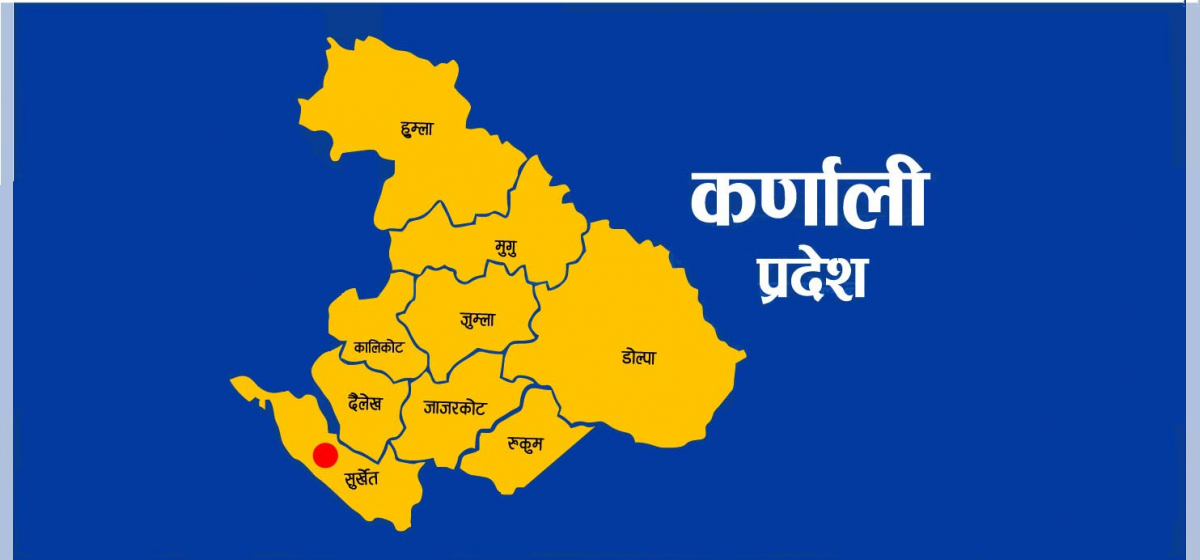
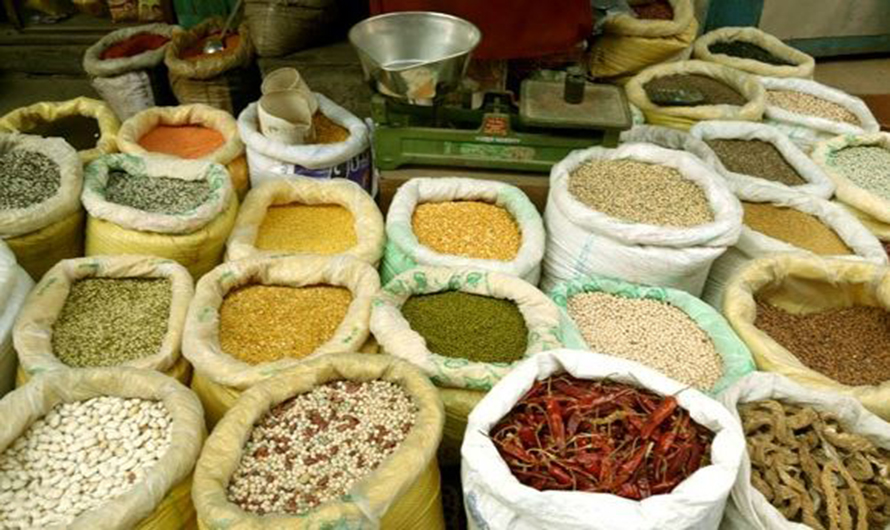
Just In
- CIAA files cases against five, including ex-chief of Social Development Office Dolpa
- Kathmandu witnesses surge of 2,000 new commercial bank branches in six years
- Crops and livestock special production zone scheme implemented in 10 districts of Karnali
- Rising food prices cause business slowdown
- Madhesh Province Assembly meeting postponed after Janamat’s obstruction
- Relatives of a patient who died at Karnali Provincial Hospital 6 days ago refuse body, demand action against doctor
- Khatiwada appointed as vice chairman of Gandaki Province Policy and Planning Commission
- China's economy grew 5.3% in first quarter, beating expectations







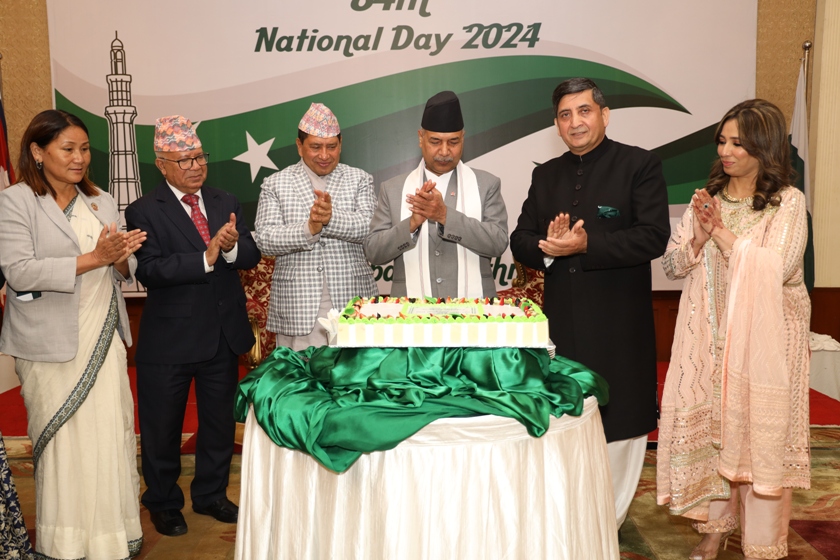

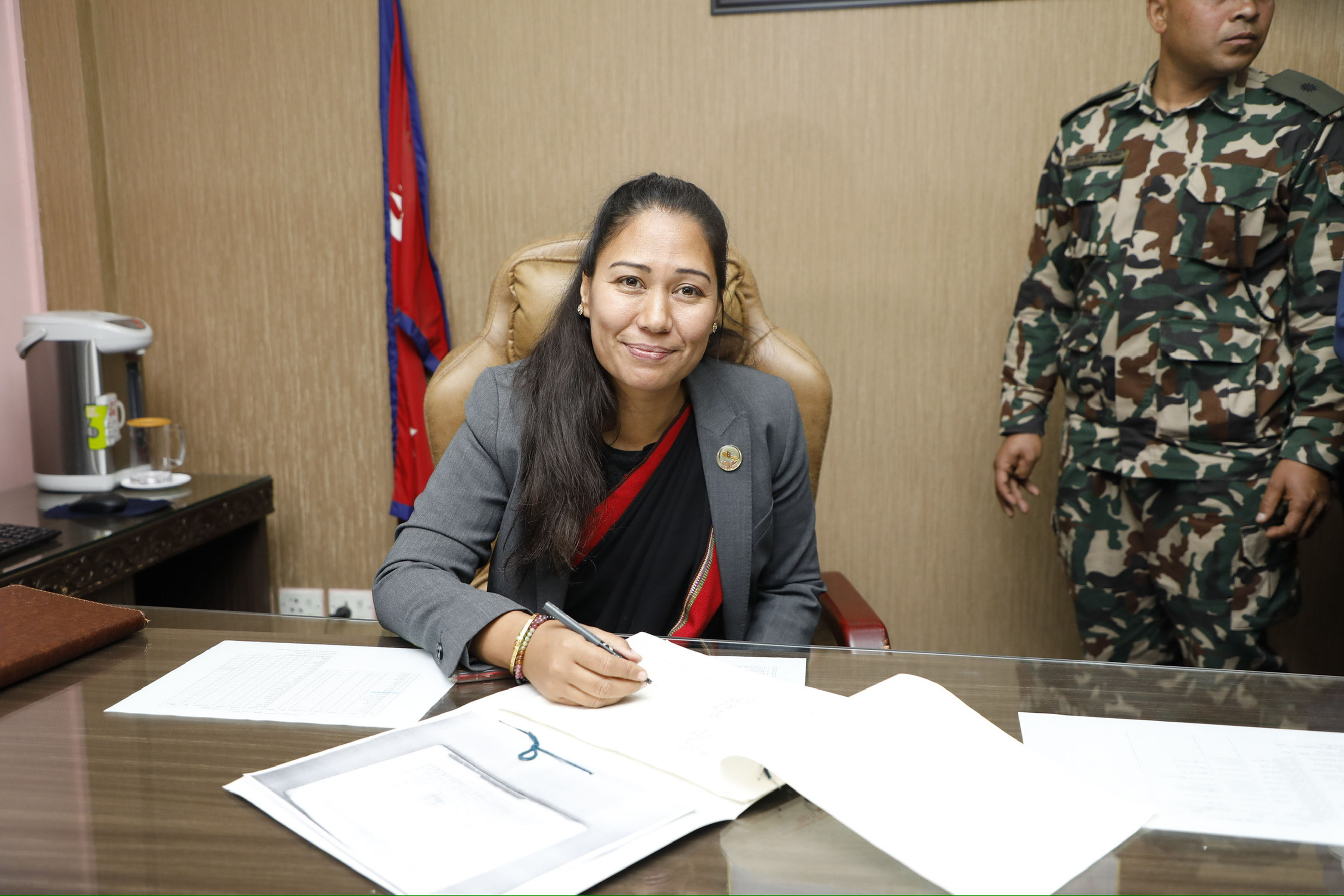
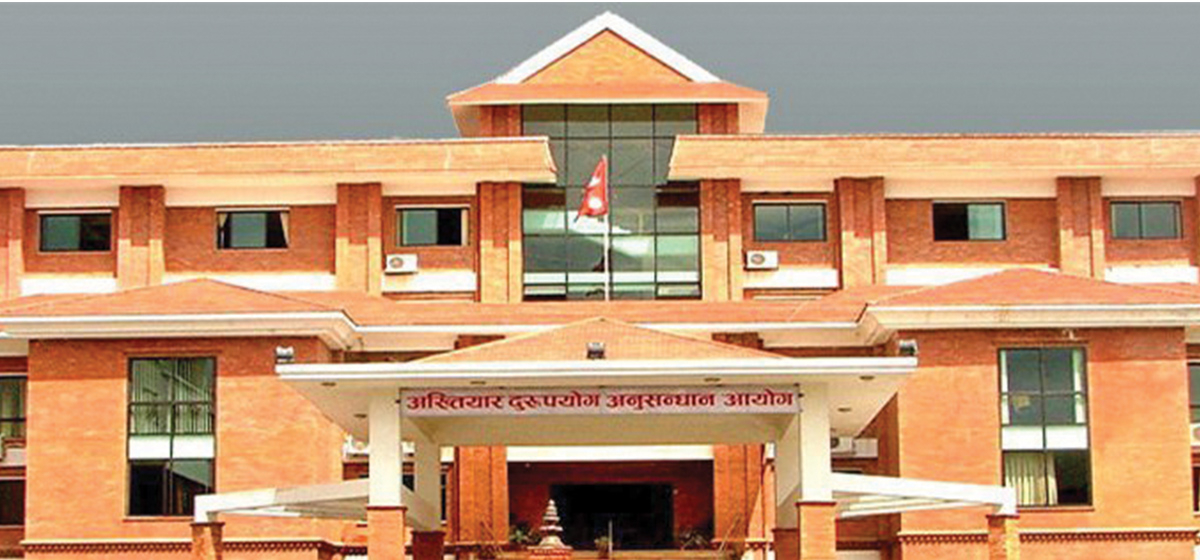

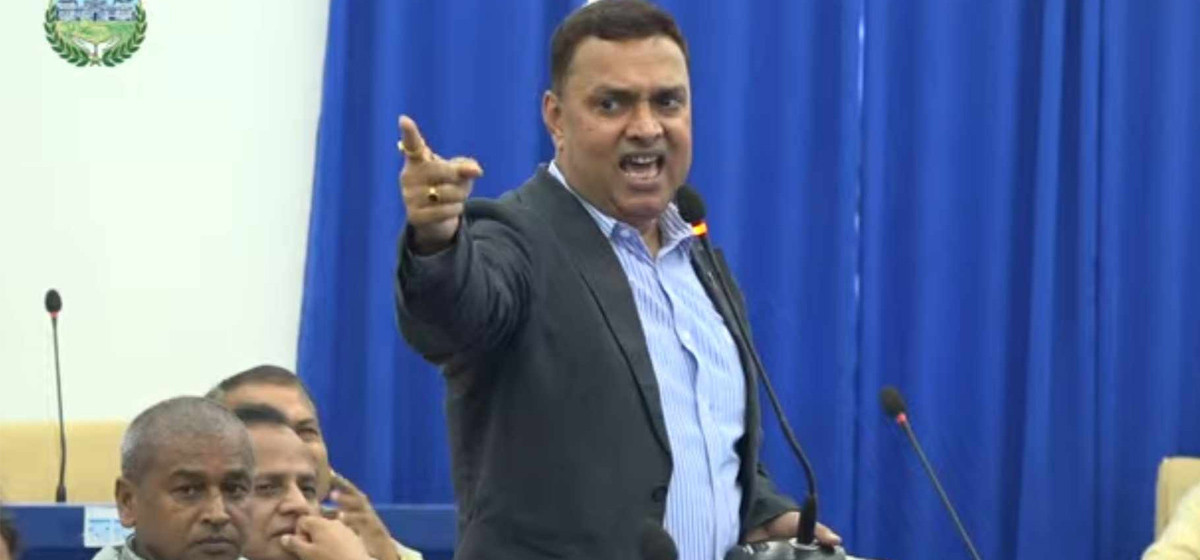
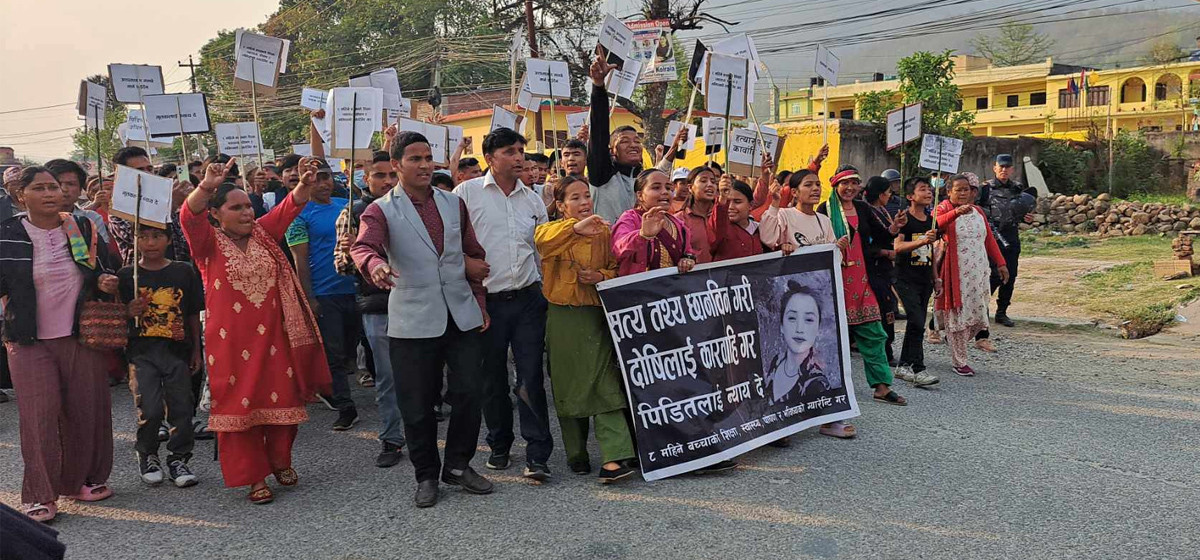

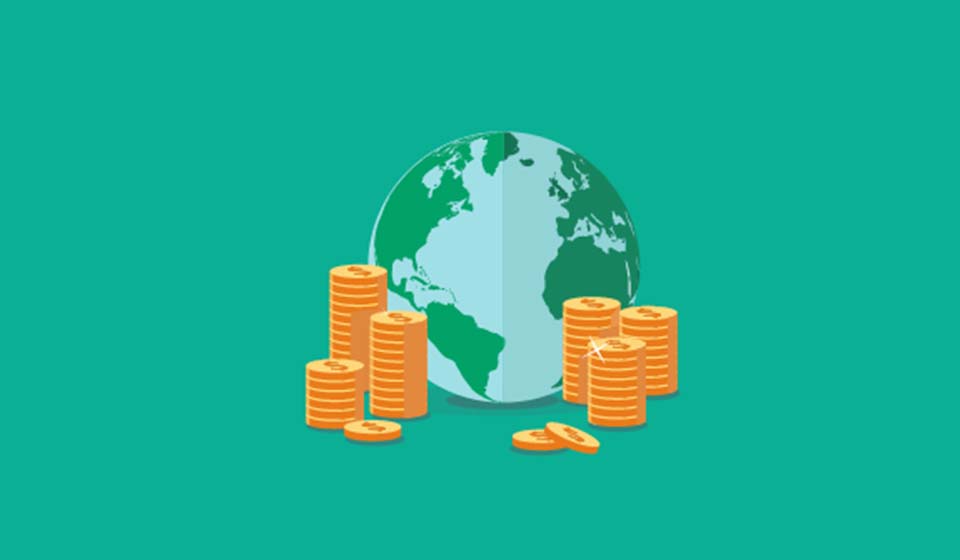
Leave A Comment